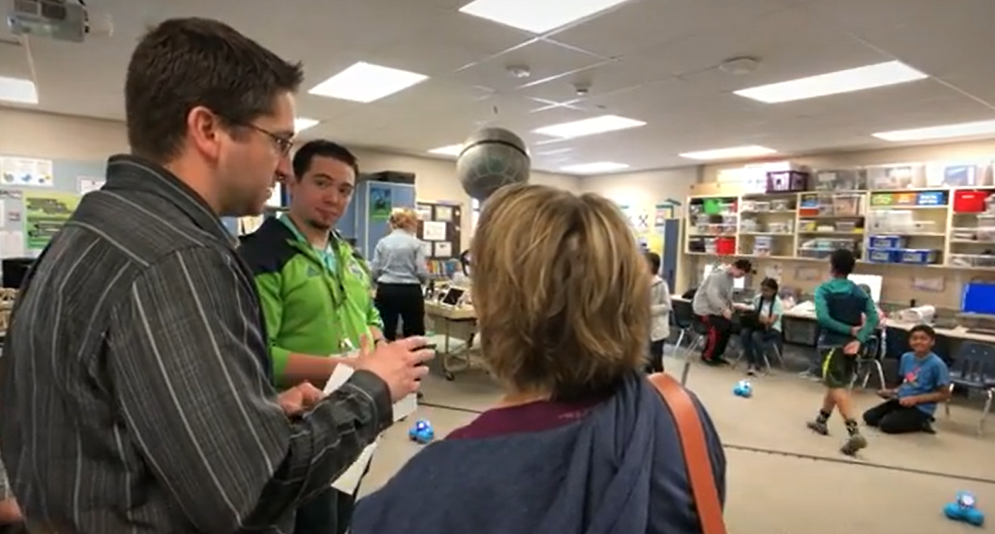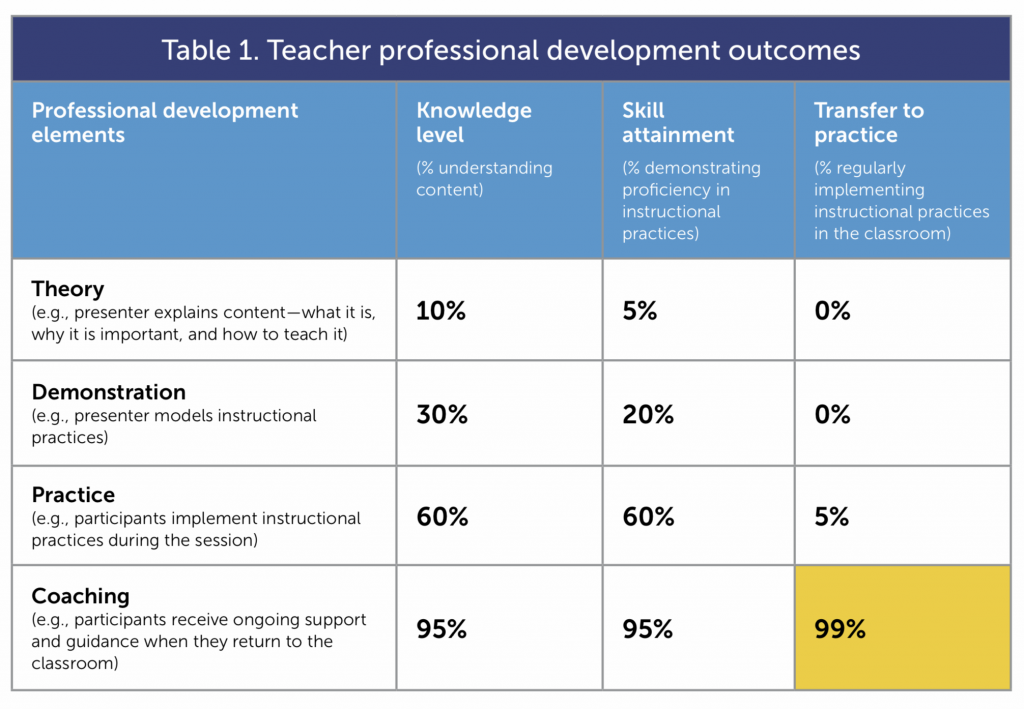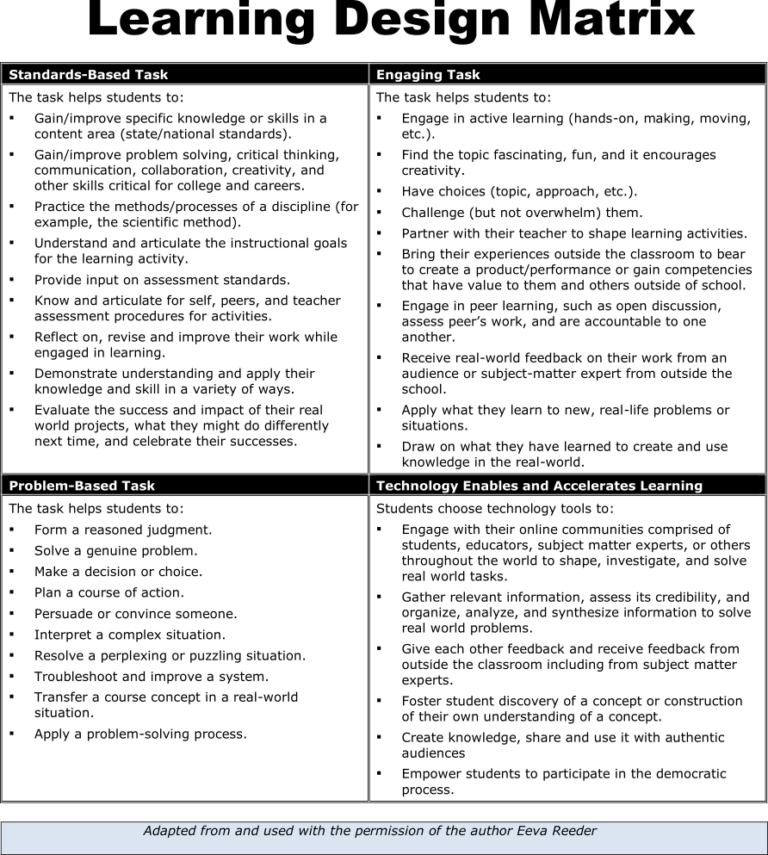
The ISTE Standards for Coaches 1c, “Cultivate a supportive coaching culture that encourages educators and leaders to achieve a shared vision and individual goals,” builds on ISTE Standards for Coaches 1a by creating a supportive coaching culture layer on top of building culture that works toward the established shared vision while also supporting individual goals for all through careful encouragement. The following blog excerpts highlight aspects of this learning touched on in each of the corresponding blogs.

Source: If You Build It (Relationships) Then They (Teachers) Will Come To You
Evidence: “The tables had certainly turned when the opportunity presented itself for me to become an instructional coach. Very quickly, I realized that I needed to learn and grow a lot if I was to be an effective instructional coach. My (now fellow) instructional coaches were probably delighted at my newfound interest and both readily coached me. I was trying to make up for lost time. On the flip side of things, having been a reticent classroom teacher when it came to coaching, I knew how to engage the other teachers like me. It was all about relationship. I made sure that they felt “invited” but not pressured so that there would be no hard feelings but they’d also feel free to say “no thank you” to opportunities that I provided. Conversely, I went out of my way to make sure that they’d be curious about whatever little tidbit from the training did make it their way and to profusely thank any of them that did show up. I sincerely believe that teacher planning time is far more precious than gold. My follow-up touch points would also be quick, to the point, and hopefully meaningful which I’d do via a quick in-person interaction or short email. Mostly, I’d just see how it was going and if there was anymore that I could do to support following the training or activity. Would they like me to come in and co-teach a lesson? I’d be happy to do all of the planning and teaching if they’d just like to present alongside me. This approach usually worked and each co-teaching experience looked different depending on the teacher’s experience. As time and interactions progressed, I focused on building the relationship. What did they need help with? What worked? What could I offer that helped them accomplish one of their goals? Relationship, relationship, relationship.”
Explanation: Creating a supportive coaching culture means understanding the barriers that exist, both structural and personal. Through introspection and evaluation on the role one played as a classroom teacher, an instructional coach becomes more effective at being supporting others.

Source: Is Coaching Remotely Necessary in the Era of Remote Learning?
Evidence: “Peer coaching still needs to involve the application of the three key skill categories cited by Dr. Foltos within the context of the four different roles that instructional coaches typically take on. To be done in an online environment, educators must identify and implement effective tools and strategies that support communication and collaboration via a remote learning environment, instructional technologies that work remotely, and lesson design that remains focused first and foremost on effective learning pedagogues while accounting for the differences of online learning. When educators can do this in support of their colleagues then they must also keep in mind that this looks different when serving in the role of Facilitator versus collaborator, expert, or catalyst.”
Explanation: Understanding coaching skills and roles provides critical knowledge necessary for supporting an encouraging coaching culture that can effectively achieve a shared vision.

Evidence: “Acting as a facilitator, means being able to guide staff interactions and transitioning in and out of a peer leadership role. This means being aware of group norms. In the absence of agreed upon norms, pairs/groups will develop their own unsaid norms that may not be as conducive to effective collaboration. By taking the lead in this area and developing norms together, the structure can help facilitate the relationships and learning: “Collaborative norms shape our conversations in ways that build trust and respect; they define accountability and build capacity. Collaborative norms are essential for effective coaching,” (Foltos, 2013).”
Explanation: Understanding that cultural norms develop whether consciously established or not means being able to guide development of a supportive coaching culture in an instructional setting so that all can move more effectively toward both common and individual goals.

Source: Teaching by Design, Part Uno
Evidence: “In his book, “Peer Coaching: Unlocking the Power of Collaboration,” Dr. Les Foltos outlines three general areas of skills that instructional coaches should possess: “The coach’s success rests on her ability to utilize skills in all three areas: coaching skills (communication and collaboration), ICT (information and communication technology) integration, and lesson design.” Dr. Foltos uses the metaphor of a three-legged stool to describe how these skills are all critical to successful coaching, “Remove any leg and coaching could fail.” The last of these three areas, lesson design, is perhaps the most nuanced to address. Teachers start out writing detailed lesson plans as student teachers and slowly move away from this as they become more experienced. Most, if not all, keep detailed lesson plan books for their own guidance but a lot of the less plan details are internalized. Given the accelerating rate of change in education, how does a peer coach help teachers explore, reflect, and improve upon lesson and unit planning in their practice? Dr. Foltos provides one such tool in his book that he refers to as the “Learning Activity Checklist” and divides this approach into four categories: Standards Based, Engaging, Problem Based Task, and Technology Enhances Academic Achievement. A further exploration of these four areas, with the relevant ISTE Coaching standards in mind, provides some additional insights into the essential question raised around lesson design.”
Explanation: Being able to create a supportive coaching culture to achieve shared vision and goals means understanding the fundamental skills necessary for a supportive coach: communication and collaboration, information and communication technology integration, and lesson design.

Source: Teaching by Design, Part Deux
Evidence: “The first post in this two-part series highlighted some key aspects from Dr. Les Foltos’s book, “Peer Coaching: Unlocking the Power of Collaboration,” starting with his foundational outline of three general areas of skills that instructional coaches should possess: “The coach’s success rests on her ability to utilize skills in all three areas: coaching skills (communication and collaboration), ICT (information and communication technology) integration, and lesson design.” When focusing on the lesson design leg of the stool, Dr. Foltos provides a “Learning Activity Checklist” tool for reviewing and improving lesson plans. So far in this series, we’ve explored the “Standards Based” category and the “Engaging” category. Both are critical quadrants of the four-part resource. The two remaining categories to address are “Problem Based Task” and “Technology Enhances Academic Achievement”. With the same ISTE standards and essential question in mind as the initial post, we’ll explore each category to round out a full review of the four categories from Dr. Foltos’s “Learning Activity Checklist” tool.”
Explanation: Achieving a shared instructional vision and goals among educators means establishing a shared understanding of what quality instruction looks like, such as Dr. Foltos’s Learning Activity Checklist and the four main categories it outlines.

Source: Coaching the Coaches
Evidence: “Peer coaching in the teaching profession is a humbling job. Whether part-time or full-time, a peer coach’s job is to help his or her colleagues improve their practice. In his book, “Peer Coaching: Unlocking the Power of Collaboration”, Dr. Les Foltos speaks to the critical role that a peer coach can play in a fellow teacher’s practice, “This process of observation and reflection is the most effective form of formative assessment for educators. It is their key to life-long learning.” Given that a teacher’s practice is as much personal as professional, a peer coach’s job is to take this into full consideration while helping the observed colleague to reflect, ask questions, and improve upon his or her practice. On an annual basis, this is the fall focus of the Digital Educational Leadership (DEL) program at Seattle Pacific University (SPU) where Dr. Les Foltos and Dr. David Wicks coach a cohort of instructional coaches on the delicate art and science of peer coaching.”
Explanation: In order for peer instructional coaches to learn how to coach others, someone has to coach them. Coaching the coaches is perhaps an under-emphasized aspect of cultivated a supportive coaching culture. Instructional coaches must continuously learn and grow toward their own goals if they are to help others with individual goals.

1b Equitable use of digital learning tools
